April 2, 2025
Letters from Indochina (Part 2)
By Simon J. Lau
I’m still recovering from jet lag and kept waking up after 1 a.m. Eventually, I gave in and dragged myself out of bed around 5 to take a stroll through the neighborhood. Surprisingly, I wasn’t the only one up. By 6, the city was already humming — street vendors were setting up, people were out on motorbikes, and the day was clearly underway.
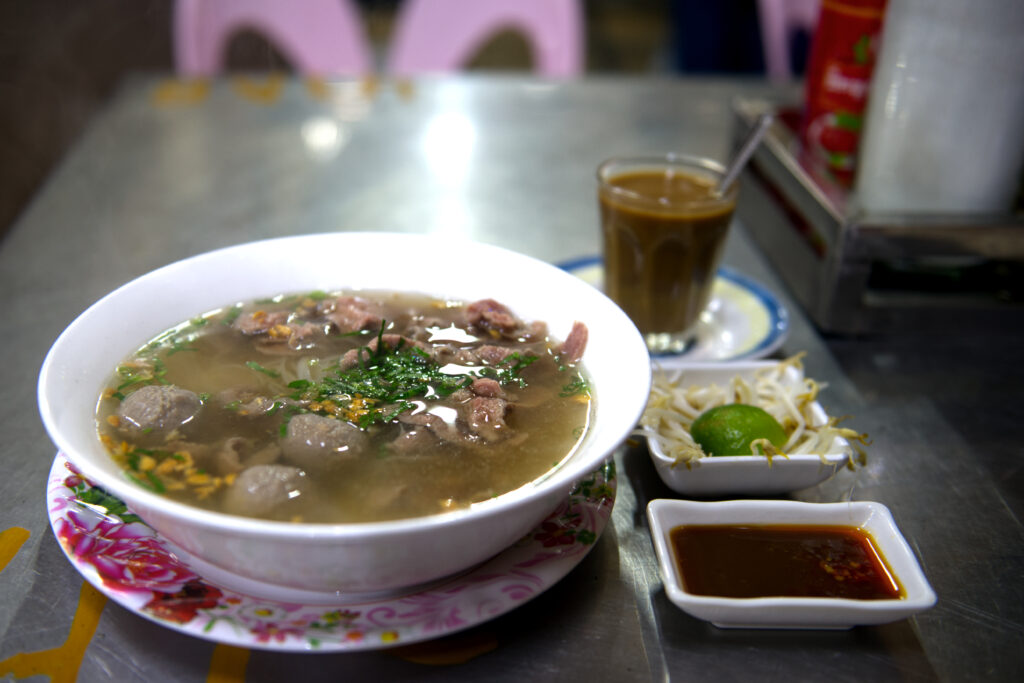
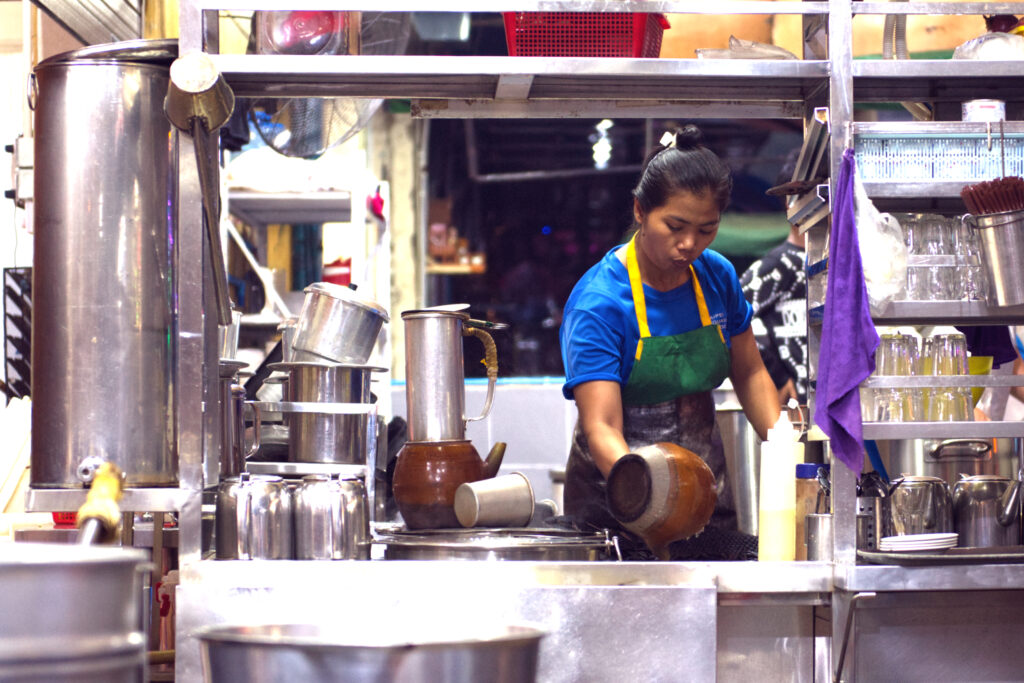
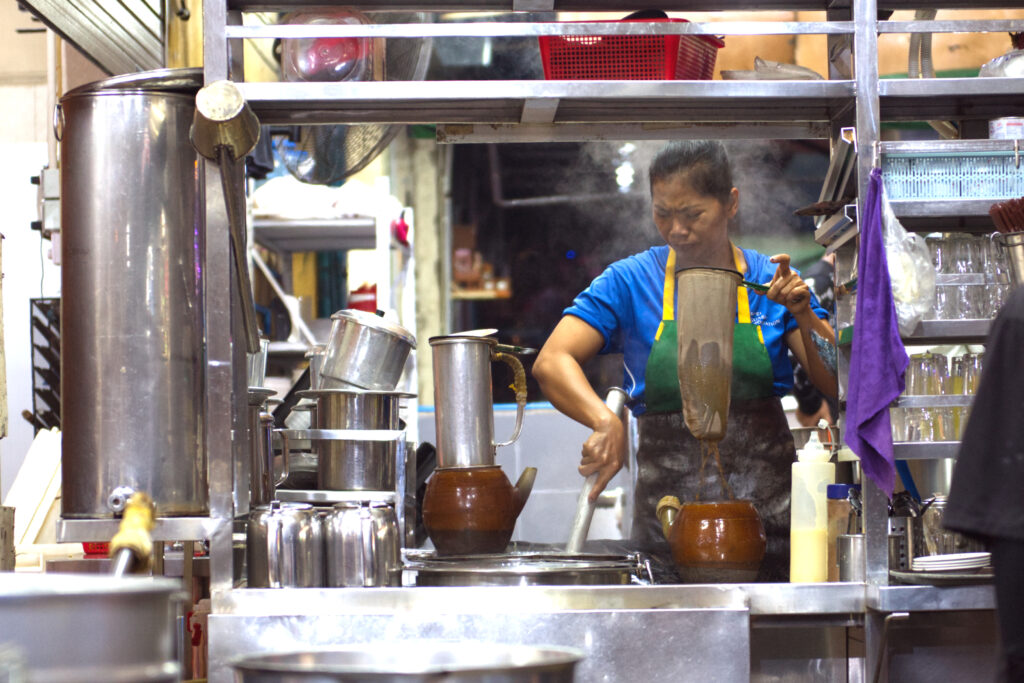
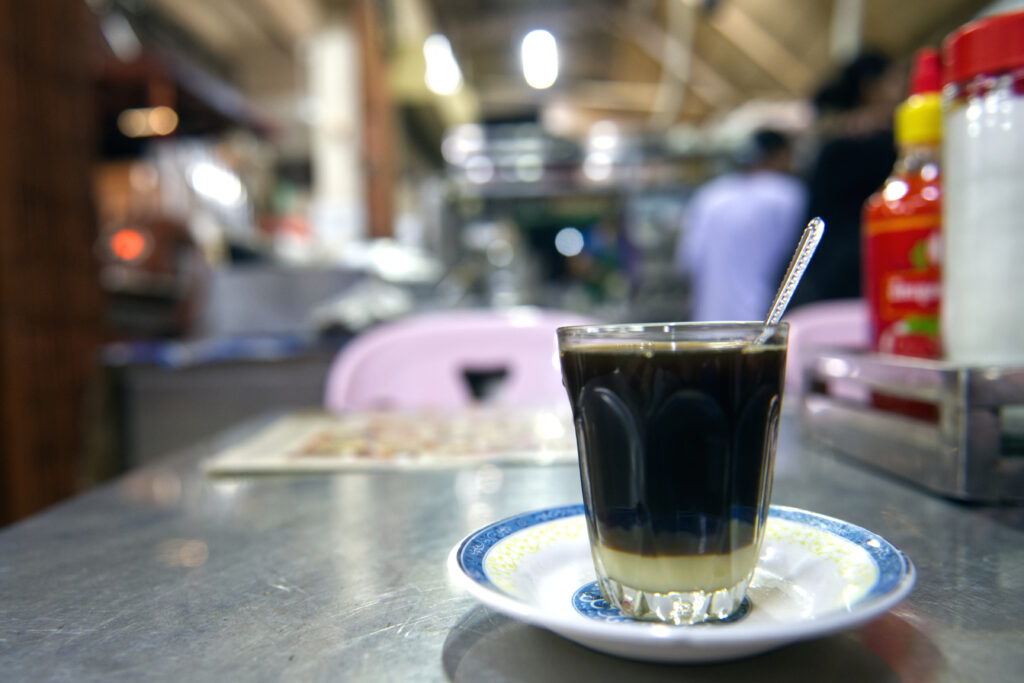
As a street photographer, I love the small, positive interactions I have with my subjects — they offer a glimpse into the mood of a place. I’ve found that how people respond to being photographed often reflects how they feel about life. In places where the economy is slowing or police presence is heavy, people can get tense or visibly upset when they see a camera. But here in Cambodia, even as a developing country, there’s a genuine sense of optimism and openness. People are warm and welcoming, and it’s in places like this — where everyday life naturally unfolds — that I most love to shoot. The contrast is stark, though not surprising.
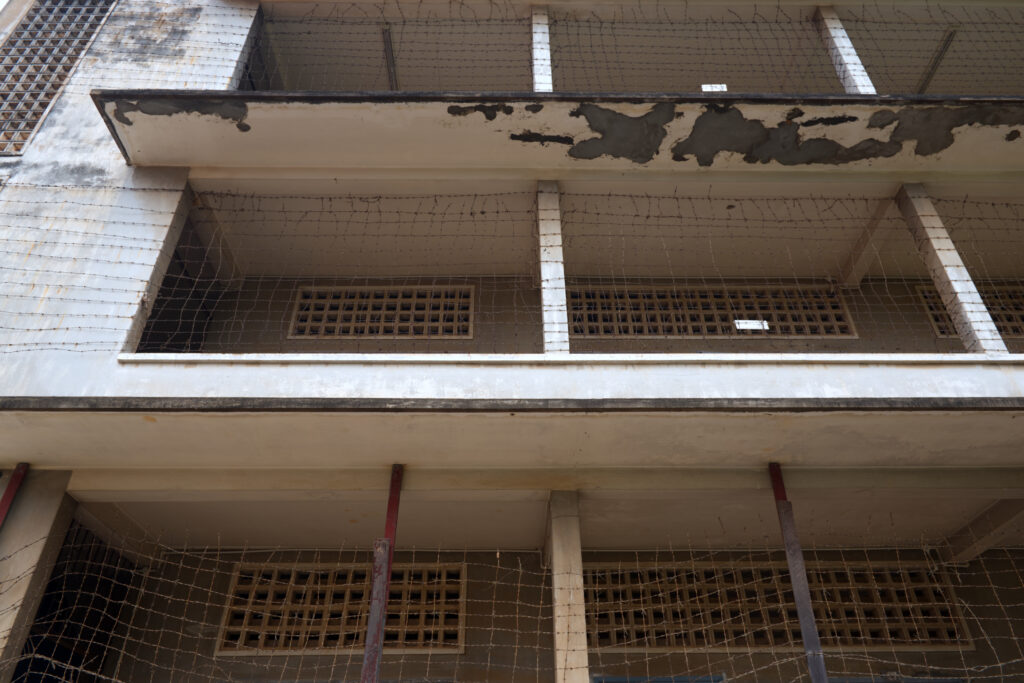
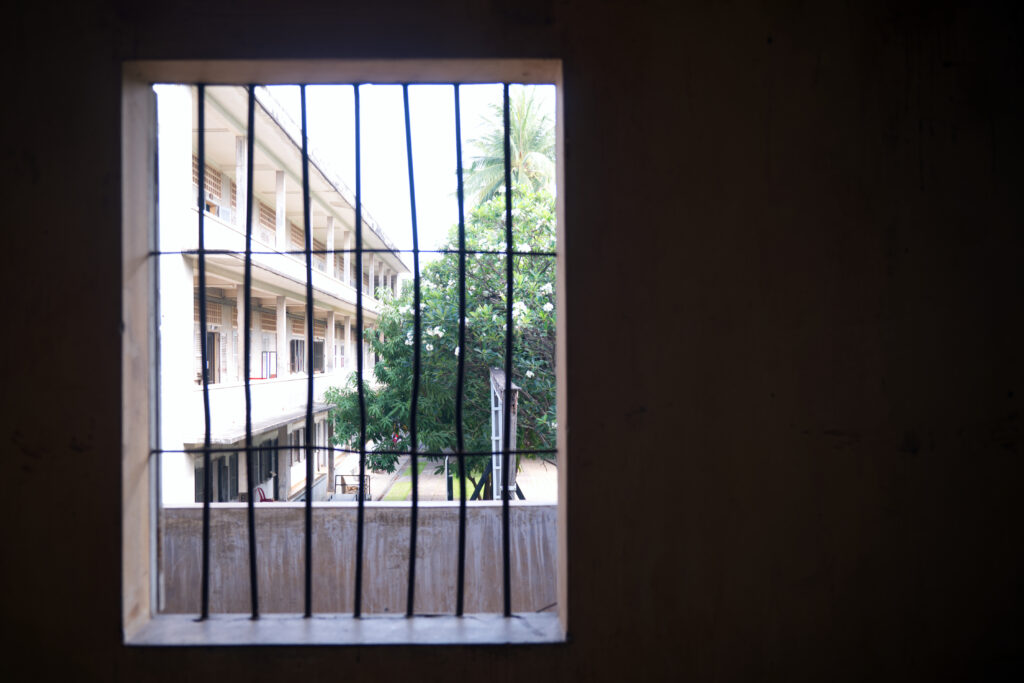

First on my list of places to visit was S-21, also known as the Tuol Sleng Genocide Museum. These grounds were once a high school, but in 1976, during the brutal rule of the Khmer Rouge (1975–1979), it was converted into a prison and interrogation center where more than 17,000 people were tortured and killed. The museum preserves the cells, instruments of torture, and countless haunting photographs of the victims, offering a deeply sobering glimpse into Cambodia’s dark history.
Afterward, I visited Choeung Ek, also known as the Killing Fields. Located just outside Phnom Penh, Choeung Ek was one of the most notorious mass grave sites used by the Khmer Rouge. More than 20,000 people were executed here, and many of their remains are still buried in mass graves scattered around the site. While Choeung Ek is the most well-known, it’s just one of more than 300 killing fields across Cambodia. Some have yet to be discovered — especially in remote mountain regions or areas that were heavily mined during the war.
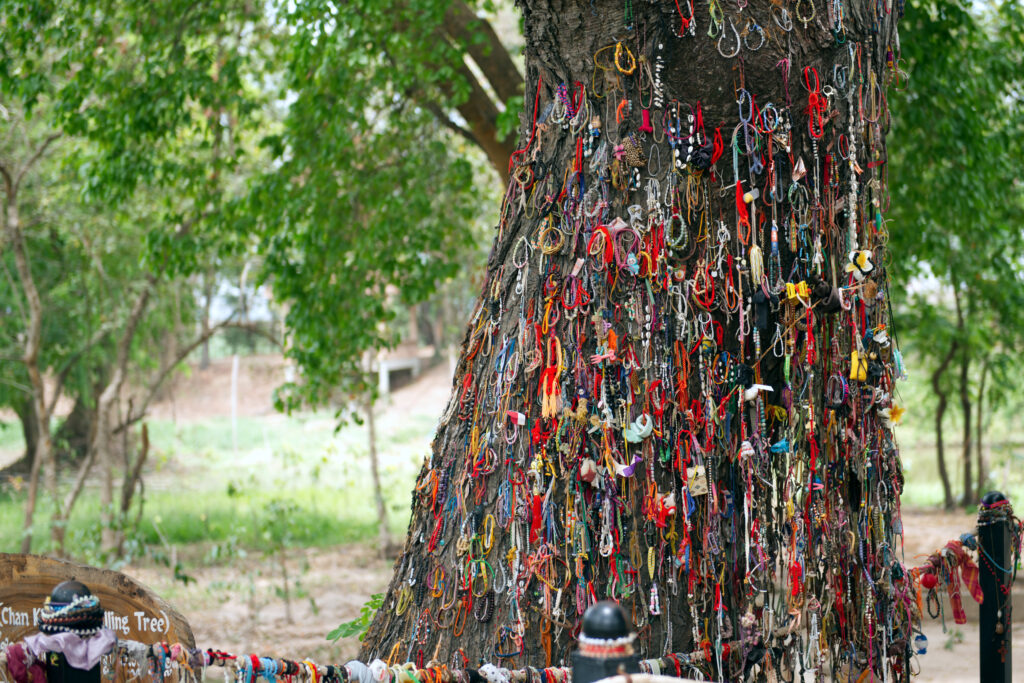
The most well-known landmark at Choeung Ek is the Killing Tree, where Khmer Rouge soldiers murdered infants and young children by violently striking the heads against its trunk before tossing their lifeless bodies into nearby pits. Today, the tree is adorned with colorful bracelets and other offerings left by visitors — a quiet tribute to the countless lives lost here.
These two locations are somber reminders of the atrocities faced by the Cambodian people under the Khmer Rouge. From 1975 to 1979, nearly two million Cambodians — about a quarter of the population — died from execution, starvation, disease, and forced labor. The legacy is still felt today, and yet, only a handful of Khmer Rouge leaders were ever held accountable.
For those interested in learning more, I highly recommend First They Killed My Father by Loung Ung — a firsthand account of her life under the Khmer Rouge. I read this memoir before leaving for Cambodia, and it gave me a deeper understanding of the country’s recent history. It’s a powerful, heartbreaking read — and well worth your time.
To end things on a more lighthearted note, I thought I’d share this photo with you.
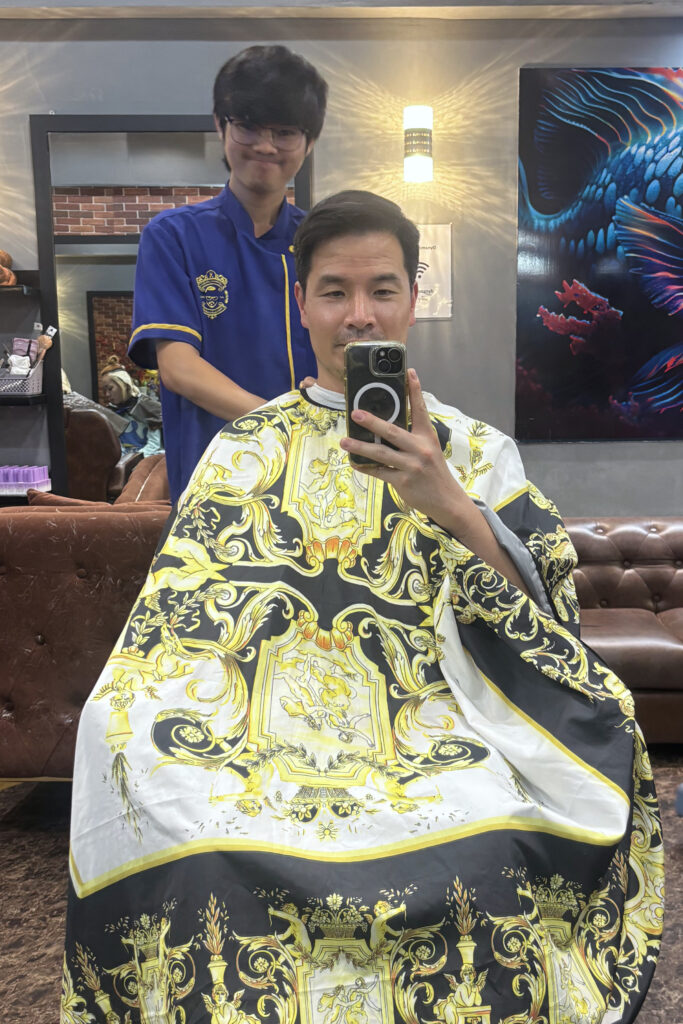
I finally took the opportunity to get a haircut! My barber — who I swear must still be in high school — did a fantastic job. It only cost me $8 USD (with tip), and compared to the $50 I usually pay back in San Francisco, it felt like an unbelievable bargain. I’d come back again if I could!

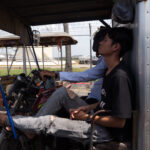


Comments are closed.